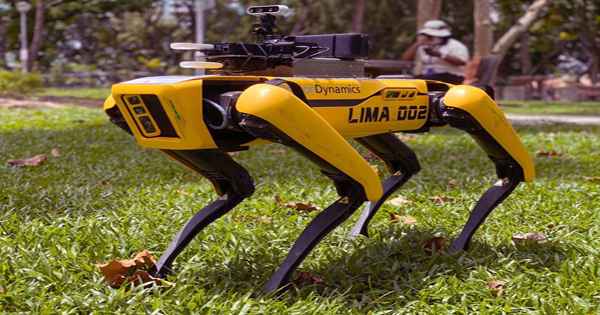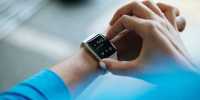The backflipping Cheetah 3 robot is fast, dynamic, and ultra-lightweight – and when you put nine of them together, they become a beautiful Nifty football team. MIT engineers say their unique design is “virtually indestructible” and Lego-like parts that are cheap and seamless.
If any part of the robot is broken, it can be easily repaired or replaced with an electric motor and off-the-shelf parts. Each four-legged robot weighs less than 9 kilograms (20 pounds), making it smaller and lighter than its predecessor, the Cheetah 3. The mini cheetah was first unveiled by MIT in March when the videos showed it kicking to the ground and rising to the right after throwing a 360-degree backflip from a standing position.
With a 12-Mason jar-sized motor powered by a handheld-remote, the Mini Cheetah is capable of trotting uneven surfaces at a rate of about 8 kilometers (5 miles) per hour – it can travel twice as fast as the average person.
“When it’s running, its feet stay on the ground for just about 150 milliseconds at a time, this time a computer tells you to increase the power on the top of the foot, then changes the balance and then decreases very quickly to reduce that energy. So, it’s really moving things like jumping in the air with each step or running with two feet on the ground at once. Most robots are not able to do this, so go much slower. In a statement at the time, Benjamin Katz, lead developer and technical associate at MIT’s Department of Mechanical Engineering, said, “It’s really fast the rate at which it can change forces on the ground.” The MIT developers announced their goal was to create 10 mini cheetahs, which the team said they would borrow from other labs for further testing.














